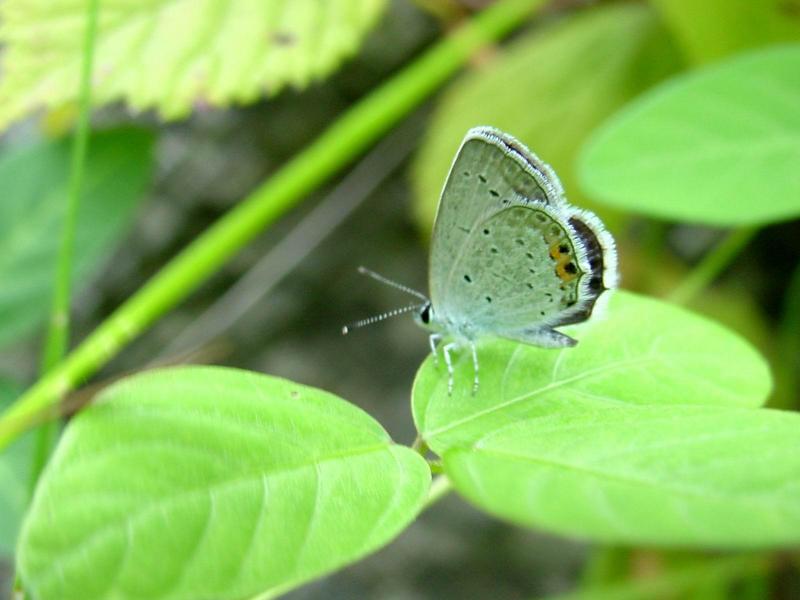|
| 질의: Butterfly | 결과: 2587번째/2945 | |
암먹부전나비(Everes argiades) - Short-tailed Blue
| 제목: | 암먹부전나비(Everes argiades) - Short-tailed Blue
| | 올린이: | Jinsuk Kim (kusnij@naver.com)
| |

| 해상도: 1600x1200
파일크기: 140662 Bytes
촬영일: 2004:08:21 10:42:14
사진기: MAVICA (SONY)
F number: f/4.0
Exposure: 1/80 sec
Focal Length: 122/10 cm
등록시간: 2004:08:21 22:20:13
|
|
|

